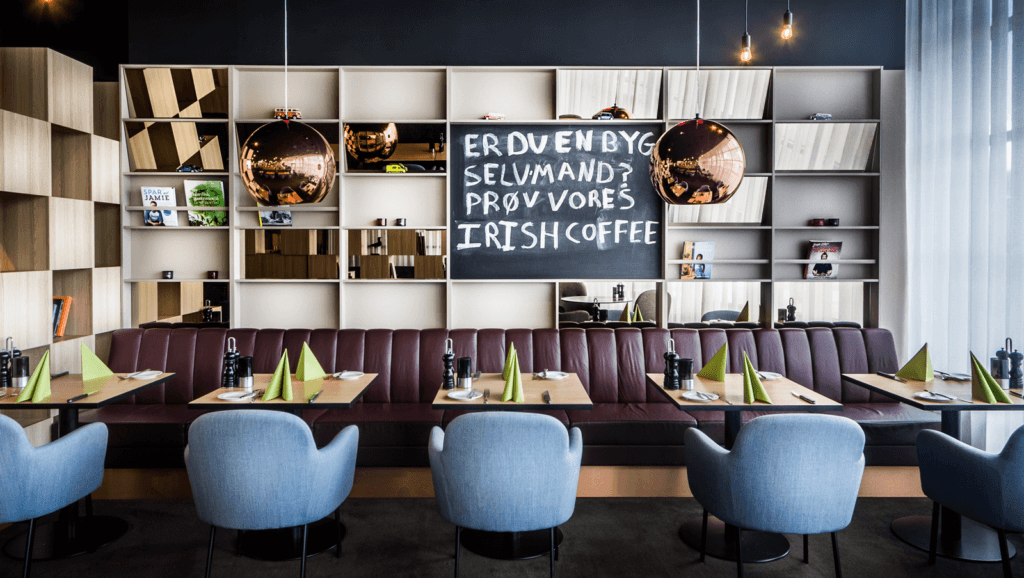
Running restaurant operations like inventory management, staff scheduling, financial analysis, etc. without a hitch is a tricky task.
NB: This is an article from Eat App
How do you ensure that your restaurant is operating as efficiently and effectively as possible at all times? How do you know how many servers you should have on the floor during the lunch shift? How do you know how much inventory you need for the upcoming weekend?
Subscribe to our weekly newsletter and stay up to date
Where restaurant sales forecasting comes in.
Restaurant forecasting helps restaurant owners make informed and accurate decisions for staffing, purchasing, profitability, etc., and helps them foresee upcoming seasonality trends and predict how they might affect the business.
This allows restaurant owners to be better prepared for what’s coming.
Restaurant forecasting can be tricky to evaluate. It requires a thorough understanding of your business’s performance and involves a lot of math. However, it helps restaurant owners increase revenue and decrease costs significantly, which makes it a very important part of your restaurant’s success.
In this article, we will have a look at what restaurant forecasting is, why it’s important, and how you can easily forecast sales for your restaurant with a few simple steps.

What is Restaurant Forecasting
Restaurant forecasting is the process of using historical data to predict upcoming sales volume for a given period of time to make informed decisions about restaurant operations including purchasing, staffing, hiring, etc.
It allows restaurants to be prepared for the upcoming season and also helps them set revenue and growth goals accordingly.
Why Forecasting is Important For Restaurants
1. Better inventory management
Having the right amount of inventory at your restaurant is a difficult thing to master. If you purchase too little, your restaurant will not be able to serve customers properly, while purchasing more will lead to wastage of materials and money.
Unsurprisingly, food inventory is one of the most wasted materials at restaurants. Forecasting helps optimize inventory management for restaurants by providing insight into menu items that are most popular. Plus, how often they are ordered so that restaurant owners and managers can stock the right amount of inventory based on the prediction.
This reduces the likelihood that the restaurant will run out of any ingredient, and also reduces wastage and saves cost, which in turn increases profitability in the long run.
2. Informed planning
Apart from optimizing inventory management, forecasting also allows restaurant owners to be better prepared for the peak and non-peak seasons at their restaurants. They can make more informed decisions about staffing, hiring, marketing, advertising, etc. based on the sales forecast.
For instance, if your restaurant sees a massive increase in sales during the festive period, you can better prepare by hiring extra staff and training them in advance to provide the best customer experience possible. For the off-peak seasons based on the sales forecast, you can dedicate some more time and effort towards marketing and advertising to attract more diners to your restaurant.
3. Predict profitability
The most important aspect of restaurant operations that owners and managers have to keep track of is its profitability. Earning a substantial profit is the only thing that helps restaurants run smoothly and gives them the opportunity to grow further. Regular forecasting allows restaurant owners to have an estimated idea of how much revenue and profit they can expect in the coming period of time, and make decisions about increasing or decreasing costs accordingly.
4. Set goals accordingly
With estimated profitability in hand, restaurant owners can set their goals for the upcoming time period more accurately. If the predicted profits are high, they can start building plans for growth and expansion, whereas a low predicted profit can lead to a plan to cut down costs and find alternative ways to increase revenue.
Restaurant forecasting paints a clear picture of what to expect in the future, helping restaurants better understand their restaurant performance and create informed strategies that lead to success.




